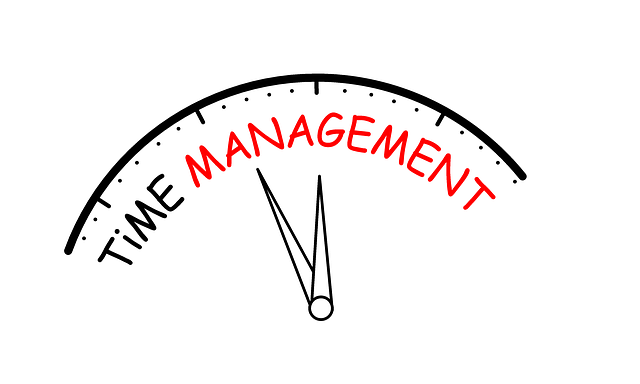When considering buying a house with mold, understanding its types and health risks (Aspergillus, Cladosporium, Penicillium) is crucial for safety. Hidden mold in damp areas requires professional assessment for proper remediation, from DIY cleaning to extensive renovations. Legal regulations dictate seller disclosure and repair responsibilities, protecting buyer rights with guidance from real estate pros or lawyers.
Discovering mold during a home inspection can be unsettling, but understanding what to do is crucial for both buyers and sellers. This comprehensive guide navigates the world of mold, from identifying different types and health risks to assessing and remediating the issue effectively. We delve into legal considerations relevant when buying a house with mold, empowering you to make informed decisions while ensuring a safe living environment.
- Understanding Mold: Types and Health Risks
- Identifying Mold During a Home Inspection
- Assessment and Remediation Options
- Legal Considerations and Home Buying Decisions
Understanding Mold: Types and Health Risks

Mold is a common issue that home buyers may encounter, especially in older or humid homes. Understanding mold and its types is crucial when navigating a home inspection, especially if considering buying a house with mold. There are various types of mold, including Aspergillus, Cladosporium, and Penicillium, each presenting different health risks.
Aspergillus is known for producing toxic compounds called mycotoxins, which can cause respiratory issues and allergic reactions. Cladosporium is another common indoor mold that often goes unnoticed but can trigger asthma symptoms. Penicillium, while not as allergenic as some other types, can still pose health hazards, particularly in individuals with compromised immune systems. Recognizing these risks is vital to ensure a safe home environment, especially for those who plan to buy a house with mold issues and subsequent renovation or remediation.
Identifying Mold During a Home Inspection

During a home inspection, mold can often be overlooked, especially if it’s hiding in plain sight. It’s crucial to understand that mold thrives in dark, damp spaces—places like basements, bathrooms, and areas with water leaks. Inspectors should pay close attention to walls, ceilings, and floors for any signs of discoloration or unusual stains. Even subtle changes in texture or scent can indicate the presence of mold.
Buying a house with mold requires immediate action. If mold is discovered during an inspection, it’s essential to have a professional assessment to determine the extent of the problem. This is because hidden mold can lead to serious health issues for occupants and may indicate structural damage. Promptly addressing mold issues ensures a healthier home environment and can prevent costly repairs down the line.
Assessment and Remediation Options

When assessing a home for potential buying a house with mold, it’s crucial to identify the extent and type of mold present. Different types of mold require distinct remediation approaches. Professional inspectors can help determine the severity and offer guidance on the best course of action, which may include specialized cleaning or even complete removal.
Remediation options range from simple DIY projects like cleaning and dehumidifying affected areas to extensive renovation, especially if mold has infiltrated structural elements. In severe cases, it’s advisable to consult with experts in mold remediation who can ensure effective treatment while minimizing health risks associated with exposure to mold spores.
Legal Considerations and Home Buying Decisions

If mold is discovered during a home inspection, it’s crucial to understand the legal implications and how this finding might impact your purchasing decision. Many regions have specific laws and regulations regarding mold in homes, especially when it comes to disclosure and repair responsibilities.
When buying a house with mold, sellers are typically required to disclose its presence, along with any known or suspected issues related to water damage or poor ventilation. Failure to do so could lead to legal repercussions for the seller. As a buyer, you have the right to negotiate repairs or ask for concessions if the mold problem is significant. It’s essential to stay informed about local laws and consult with a real estate professional or lawyer to ensure your rights are protected throughout the buying process.














